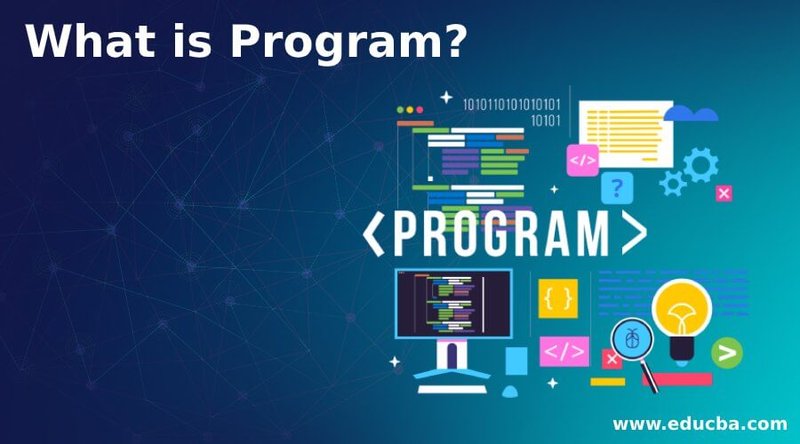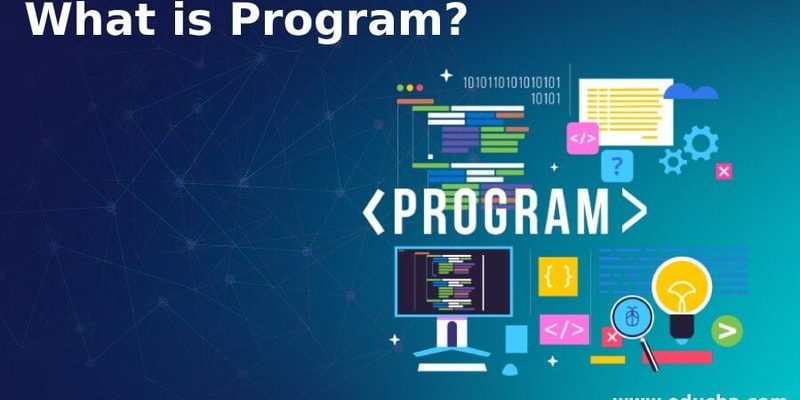
Here’s the thing about the Chromecast remote: it’s pretty smart, but it does need a little nudge to start bossing your TV around. Imagine it like a new puppy—eager, capable, but needing a bit of training to follow your commands. Getting your Chromecast remote to sync with your TV isn’t magic, but it does take a few steps (and maybe some patience if your TV is older or a bit stubborn). The good news? Once you’ve got everything paired and programmed, you’ll finally be living the single-remote dream.
Why Pair Your Chromecast Remote With Your TV?
Let me explain why this is worth your time. Honestly, having the Chromecast remote programmed to control your TV is one of those small everyday victories. You press one button, and the TV turns on. Change the volume, no problem. No more digging through couch cushions for that ancient TV remote you barely use, just to tweak the sound. Life’s stressful enough—remote control clutter shouldn’t be part of it.
Here’s another angle. The Chromecast remote isn’t just for navigating apps and streaming content. It can—and should—replace your TV’s remote for basic things like turning the TV on and off, controlling volume, and sometimes even switching input sources. When it’s all set up, even guests can figure out your entertainment setup without getting “remote-shamed.”
Most TVs these days support what’s called HDMI-CEC or work with programmable remotes. Still, you might run into little hiccups with older TVs or off-beat brands. But don’t worry, most of the time, the process works like a charm.
What You Need Before Programming Your Chromecast Remote
Before you start pressing buttons like you’re hacking into the Matrix, let’s gather up what you actually need. First, you’ll want your Chromecast with Google TV all plugged in and set up. That means it’s got power, is connected to your TV via HDMI, and you’ve already signed in to your Google account. If you’re still at the “what’s my Wi-Fi password?” stage, finish that first.
Next, of course, you need the Chromecast remote. It’s that small, rounded remote with a circular navigation pad and dedicated Google Assistant button. Make sure the batteries are fresh. Low battery power can make remotes act wonky—sometimes buttons don’t work at all, or they’ll work only half the time. Trust me, swapping in new batteries has saved me from a lot of unnecessary troubleshooting spirals.
You should also know your TV brand. Sounds silly, but sometimes we forget—especially with hand-me-down TVs or if you’re helping someone else. Some programming steps involve picking the TV brand from a list, so double-check that detail before you begin.
Step-By-Step: How To Program Your Chromecast Remote To Your TV
Alright, time for the part you came for. Here’s how to program a Chromecast streaming device remote to your TV, step by step. Picture yourself guiding a friend who’s never done this before—go slow, don’t skip anything, and remember, mistakes are just part of the process.
Step 1: Enter the Chromecast Settings
Grab your Chromecast remote (batteries in, ready to go). On your TV screen, navigate to the Settings—usually, you’ll find this by selecting your profile picture or the gear icon at the top right of the main Google TV screen.
Step 2: Go to Remotes & Accessories
Scroll down and select Remotes & Accessories. This is basically the control center for pairing, syncing, and programming remotes and other Bluetooth devices.
Step 3: Set Up Remote Buttons
Look for the option that says Set up remote buttons or something similar. It might be labeled differently if you’ve recently updated your Chromecast. Choose “TV” (not “soundbar” unless you’re setting that up too).
Step 4: Select TV Brand
Now, the Chromecast will show a list of TV brands. Select yours. If you can’t find it, try “Manual setup” or “Other” at the bottom.
Here’s where knowing your TV brand saves the day. Mismatching the brand means your remote might never sync.
Step 5: Follow the On-Screen Prompts To Test and Sync The Remote
Your Chromecast will ask you to test certain features—like the power button or volume up/down. Press each one when prompted. If your TV responds (changes volume, turns off/on, etc.), great! If not, you’ll be prompted to try another code.
Step 6: Confirm and Finish
Once the test works, confirm everything. Your Chromecast remote should now be programmed to your TV. From now on, you can turn your TV on/off and control the volume with one remote. Cue the applause.
Troubleshooting Chromecast Remote Pairing Problems
You might be wondering, what if it doesn’t work on the first try? Don’t worry, this stuff can be a bit finicky. Sometimes the code just doesn’t match, or your TV needs a little extra coaxing to sync up with the Chromecast remote.
First, double-check those batteries. I know, I mentioned it before—but you’d be surprised how often a fresh set solves everything. If the remote isn’t responding at all, try resetting it by holding the Home and Back buttons simultaneously for about five seconds. You’ll see the LED light blink.
If your TV isn’t responding to power or volume commands, try repeating the setup steps. Sometimes you just have to cycle through a few different codes for your TV brand. It’s a bit like finding that one house key that actually unlocks the door. If your TV is very new or an unusual model, you might need to check if HDMI-CEC is enabled in your TV’s own settings.
Pro tip: Sometimes unplugging your Chromecast and TV for 30 seconds fixes weird syncing issues. Tech support always suggests it for a reason.
If nothing seems to work, check for firmware updates on both your Chromecast and TV—outdated software can block the pairing process. And if you’re still stuck, a universal remote might be worth considering (even though it’s less fun than having your Chromecast remote do it all).
Resetting or Re-Pairing Your Chromecast Remote
Here’s where things can get a bit technical, but I promise it’s not as scary as it sounds. There are times when even a perfectly programmed Chromecast remote just stops working—maybe you moved the device to a different TV, or the pairing got lost during a software update.
To reset your Chromecast remote, hold down the Home and Back (or Pair) buttons at the same time for about five seconds. Watch for that blinking LED light. You’ll need to re-pair the remote by following the on-screen instructions—basically, you’ll reconnect it as if it were brand new.
If you’re pairing a replacement remote, you’ll go back to Settings > Remotes & Accessories > Pair Remote or Accessory and select your device. The system will walk you through the process, including entering any necessary codes.
Sound tedious? It can be, but this little reset trick is a lifesaver if you’re experiencing things like lag, missed button presses, or if your remote simply refuses to sync.
The Role of Codes and How IR & CEC Work
Let’s get a bit nerdy for a second. Your Chromecast remote uses infrared (IR) signals or something called HDMI-CEC (Consumer Electronics Control) to communicate with your TV. That’s why, during setup, you test different codes—each code tells the remote how to “speak” to your specific TV model.
With IR, it’s like a flashlight sending a secret signal to the TV. If the code is wrong, the TV just ignores it. HDMI-CEC, on the other hand, lets your Chromecast remote boss around any HDMI-connected device that supports CEC. Some TVs don’t support CEC or have it turned off in the menu, which can mess things up. Dig around in your TV’s settings and make sure it’s enabled—it’s often buried under something like “Device Control” or “Anynet+.”
If you ever wonder why your Chromecast remote can control one TV, but not another, it’s almost always down to which protocols (IR, CEC) your TV supports. Knowing a bit about these behind-the-scenes tech tricks can save a ton of troubleshooting time.
Common Issues and Simple Fixes
Honestly, most problems with programming the Chromecast streaming device remote to your TV come down to a few repeat offenders. Here’s my quick list:
- Batteries are low – Always try new batteries first. Remotes act weird when juice is low.
- CEC is disabled on the TV – Double-check the TV’s settings so CEC is on.
- Obstructions in front of TV’s IR sensor – Make sure there’s nothing blocking the TV’s “eye.”
- Selecting the wrong brand or model during setup – If in doubt, try multiple codes or manual entry.
- Firmware is outdated – Update your Chromecast and TV software for best results.
If you’re still stuck after all this, don’t stress. Sometimes, using a universal remote is just easier, especially for older or off-brand TVs. But for most modern TVs, the Chromecast remote works beautifully once it’s properly paired and programmed.
Is There a Better Alternative? Universal vs. Chromecast Remote
You might be wondering, should you just use a universal remote instead of programming the Chromecast one? Well, universal remotes have their perks—they can juggle multiple devices, work across brands, and often have bigger buttons (a lifesaver for parents or grandparents).
But, here’s why I stick with the Chromecast remote for streaming: it’s designed specifically for Google TV, it controls your apps natively, and programming it to your TV means you only need one remote for most daily functions. Plus, voice search with Google Assistant is ridiculously handy—you don’t get that on most universal remotes.
The only real reason to use a universal remote is if you want to control more devices (like an old DVD player) or if your TV is too old to play nicely with the Chromecast remote. Otherwise, streamlining everything with a single, programmed remote just feels… satisfying.
Wrapping Up: Enjoying the Chromecast Remote Life
So here’s what it all comes down to: learning how to program a Chromecast streaming device remote to your TV can feel daunting at first, but it’s honestly pretty doable when broken into steps. You’re just syncing up a few signals, picking the right code, and making sure your TV and Chromecast know how to talk to each other.
Once it’s programmed, you’ll wonder how you ever lived with two or three remotes. Volume, power, scrolling through Netflix—all from one lil’ gadget. If things get wonky, you’ve got the tools now to troubleshoot, reset, or even try a universal remote if that fits your needs better.
I love that feeling of pressing one button, hearing the TV spring to life, and knowing that tech—at least for now—is working with me, not against me. Enjoy the one-remote future!
